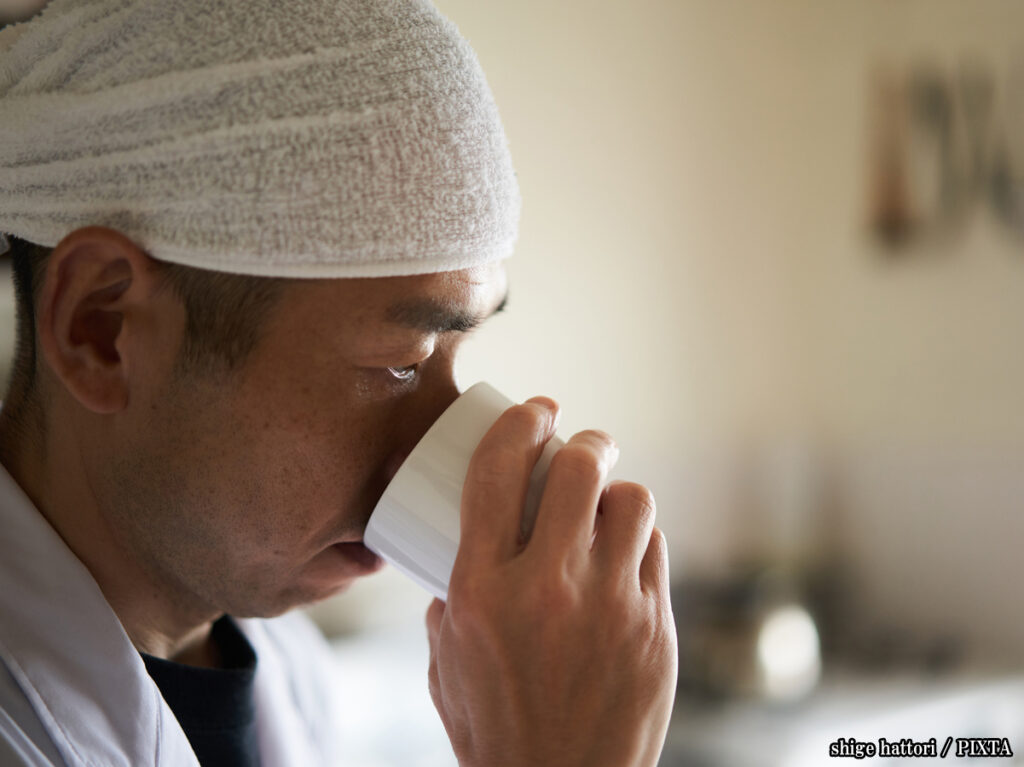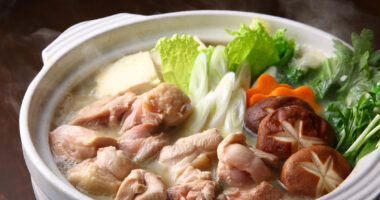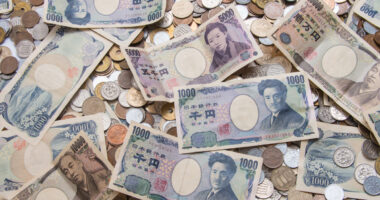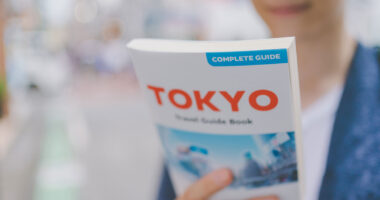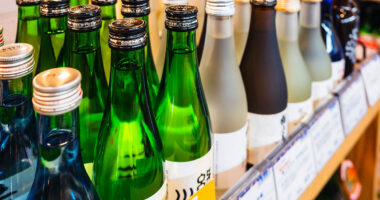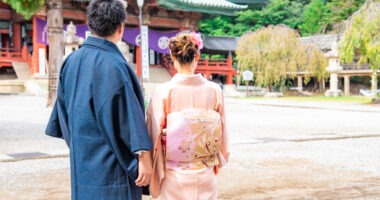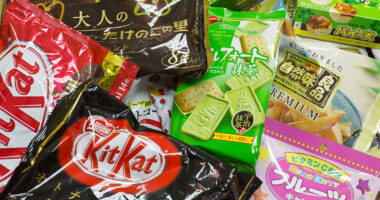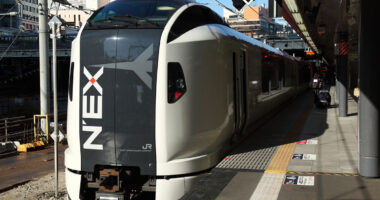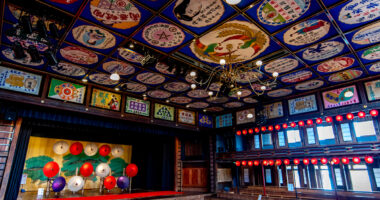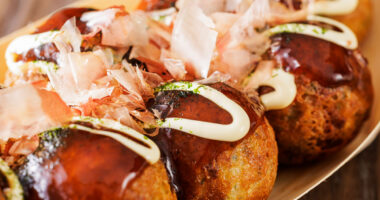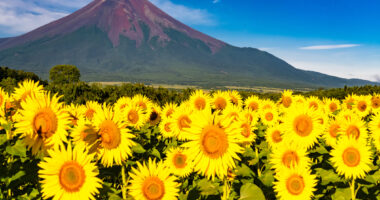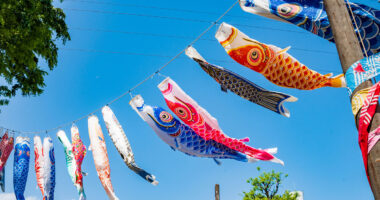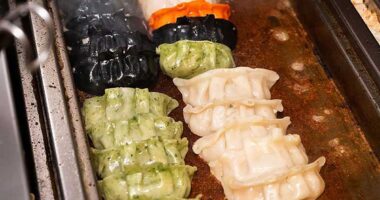Sake, Japan’s national drink, reveals remarkable depth and regional diversity. Much like wine, its flavors are shaped by local ingredients and time-honored brewing traditions. Exploring Japan’s varied sake-producing regions offers an immersive experience that both connoisseurs and curious newcomers will appreciate. This guide highlights three distinguished sake regions—Kyoto, Niigata, and Hiroshima—detailing what makes their brews unique and where you can taste them firsthand.
- What makes regional sake different?
- Kyoto: elegant and refined brews + recommended breweries
- Niigata: dry and clean style + top tasting spots
- Hiroshima: soft water, balanced flavor + brewery tours
- Comparing tasting experiences (atmosphere, cost, English support)
- How to join a tasting (tours, reservations, walk-ins)
- Tips for first-time tasters: etiquette and culture
- Final thought: sample Japan through its sake regions
What makes regional sake different?
The distinct characteristics of sake from different regions stem from a combination of essential factors:
- Kome (rice):
The variety of sake rice cultivated locally (such as Yamada Nishiki, Gohyakumangoku, and Omachi) plays a vital role in shaping flavor. Differences in starch, protein, and fat content influence the sake’s aroma, body, and taste. - Mizu (water):
Comprising roughly 80% of sake, water is arguably its most essential ingredient. Its mineral composition, whether hard or soft, profoundly impacts fermentation and flavor. Hard water tends to yield drier, more robust sake, while soft water produces softer, smoother, and sweeter profiles. - Kikō (climate):
The local climate affects both rice cultivation and brewing conditions. Cooler regions allow slower fermentation at lower temperatures, resulting in cleaner and more refined sake. - Tōji (master brewers):
Each region preserves unique brewing methods and philosophies passed down through generations of tōji. These traditions contribute to the distinct styles that define regional sake.
Kyoto: elegant and refined brews + recommended breweries
Sake style
Sake from Kyoto is typically soft, mellow, and subtly sweet, a reflection of the region’s soft water. Many breweries here specialize in aromatic and delicate ginjō and daiginjō—premium sake varieties known for their refined flavors.
Recommended breweries and tasting spots
- Gekkeikan Ōkura Sake Museum: One of Japan’s oldest and largest sake producers, Gekkeikan offers an engaging museum experience in Fushimi with historical exhibits, traditional brewery tours, and sake tastings (often included with admission).
- Fushimi Yume Hyakushu: This tasting venue offers a wide selection of sake from local Fushimi breweries, allowing visitors to sample multiple varieties in one place.
- Kizakura Kappa Country: A large Fushimi brewery with a museum and restaurant offering sake tastings, plus a gift shop selling local products.
- Shoutoku Shuzo: A smaller brewery known for its high-quality, handcrafted sake. While tours are not standard, their attached shop sometimes offers tastings, providing a more intimate experience compared to the larger museums.
Niigata: dry and clean style + top tasting spots
Sake style
Niigata sake is celebrated for its super karakuchi (dry), tanrei (clean), and refreshing taste. The region’s heavy snowfall creates ideal conditions for slow, cold fermentation. Combined with local ingredients and production methods, this produces a smooth sake that pairs well with many dishes.
Top tasting spots
- Ponshukan at Niigata Station: A must-visit destination, Ponshukan features a “sake vending machine” offering samples of over 100 different sakes from Niigata breweries. Visitors purchase tokens (typically 500 JPY for 5 tokens) to dispense small pours from various sake bottles. The facility also includes a salt-tasting corner and a shop. Similar Ponshukan branches can also be found at Echigo-Yuzawa and Nagaoka Stations.
- Imayo Tsukasa Sake Brewery: Just a short walk from Niigata Station, this brewery is known for its high-quality junmai (pure rice sake) and offers tours (some in English) along with tastings.
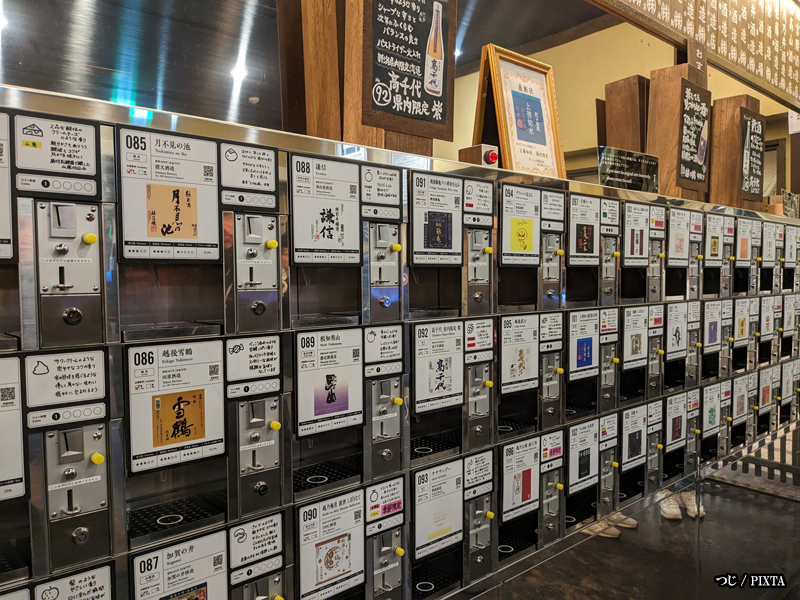
Photo for illustrative purposes
Hiroshima: soft water, balanced flavor + brewery tours
Sake style
Hiroshima sake is known for its soft, mellow, and well-balanced flavor, often featuring a subtle sweetness and pleasant aroma. The region’s soft water necessitated the development of specialized brewing methods to avoid over-fermentation, resulting in a refined and distinctive taste. Hiroshima is especially recognized for producing high-quality ginjo sake.
Brewery tours
- Saijō Sake Brewery Street: Situated in Higashihiroshima City and easily reachable from Hiroshima Station via the JR Sanyo Main Line, this street hosts numerous sake breweries. Many offer tours (some with English guidance) and tasting rooms, allowing visitors to sample a range of distinct brews as they walk between breweries. Notable names include Kamoizumi, Kamotsuru, and Fukubijin.
- Kamotsuru Sake Shuzō: Among Hiroshima’s most renowned breweries, Kamotsuru features a visitor center with exhibits and tastings, though guided tours are not regularly offered.
Comparing tasting experiences (atmosphere, cost, English support)
Atmosphere
- Kyoto: Known for its traditional, serene, and historically rich setting, Kyoto’s tasting venues sometimes evoke the formal ambiance of a tea ceremony.
- Niigata: Ponshukan presents a lively, self-service environment, while local breweries tend to offer more structured tours.
- Hiroshima: Saijō provides a distinctive “sake town” experience, where visitors can stroll among multiple breweries, each with its own style, from historic to contemporary tasting rooms.
Cost
- Niigata (Ponshukan): Arguably the most budget-friendly option, thanks to the token system allowing samples from a wide range of sakes.
- Kyoto and Hiroshima breweries: Tasting fees typically range from 500 JPY to 1,000 JPY for a few samples; tours may cost extra or be included with tastings.
English support
- All three regions have breweries that accommodate foreign visitors with English-language guidance. Ponshukan offers clear English instructions, and many major breweries in Kyoto and Hiroshima provide English-friendly tours or tasting notes. Whenever possible, booking tours that specify English support is recommended.
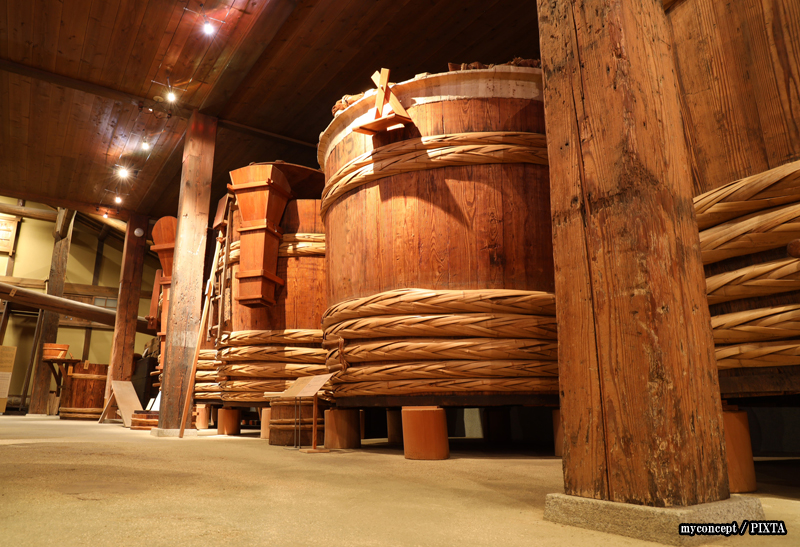
Photo for illustrative purposes
How to join a tasting (tours, reservations, walk-ins)
- Guided tours:
Many sake breweries conduct guided tours that sometimes include a look into the brewing process before tasting. It’s best to check their official websites for tour schedules, language availability, and reservation requirements. Though guided tours in English are not available at all breweries, major sites such as Imayo Tsukasa and Gekkeikan provide this option. - Reservations:
For popular breweries, specific tour times, or peak seasons, reserving in advance is highly recommended. Some smaller breweries may not accept walk-ins for tours. - Walk-ins:
Many breweries and dedicated sake shops, including Ponshukan, have tasting counters or retail spaces where visitors can sample sake without a reservation during business hours. - Sake events and festivals:
Local sake festivals, especially during the autumn harvest season, present excellent opportunities to sample a wide variety of brews from multiple breweries.
Tips for first-time tasters: etiquette and culture
- Serving temperature:
Sake can be enjoyed chilled, at room temperature, or warm. Sampling different temperatures can reveal varied flavor nuances. - Glassware:
Traditionally, sake is served in small cups called ochoko (small cups) or shallow saucers known as guinomi (shallow saucers). - Kanpai (“cheers”):
It’s customary to raise your glass and say kanpai before taking your first sip. - Pouring etiquette:
It’s polite to pour sake for others and to have others pour for you. When someone pours for you, hold your cup up slightly. When pouring for someone else, hold the bottle with both hands. Avoid tejaku (pouring sake for yourself) if others are present to pour for you. - Sip and savor:
Sake is meant to be savored slowly, not gulped like a shot. Take small sips to appreciate its complex flavors. - Oishii (“delicious”):
Don’t hesitate to say oishii to show your appreciation. - Pace yourself:
Sake, especially junmai varieties, can be surprisingly strong. Drink responsibly and pace yourself. - Pairing with food:
Sake is crafted to complement Japanese cuisine. Notice how different sakes enhance various dishes.
Final thought: sample Japan through its sake regions
Exploring sake from Kyoto, Niigata, and Hiroshima offers insight into the distinct regional traditions behind each brew. The interplay of local climate, water, rice, and brewing heritage gives rise to flavors that reflect their origins. From Kyoto’s elegant sakes to Niigata’s crisp dryness and Hiroshima’s balanced softness, these tastes reveal the craftsmanship and culture unique to each area. Raise your glass and experience the true spirit of Japan through its sake.
